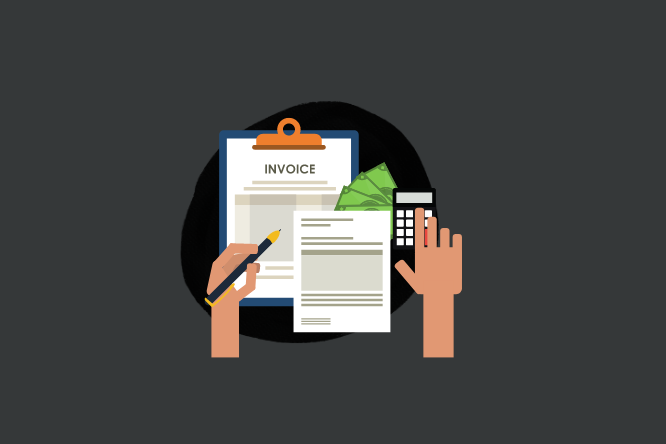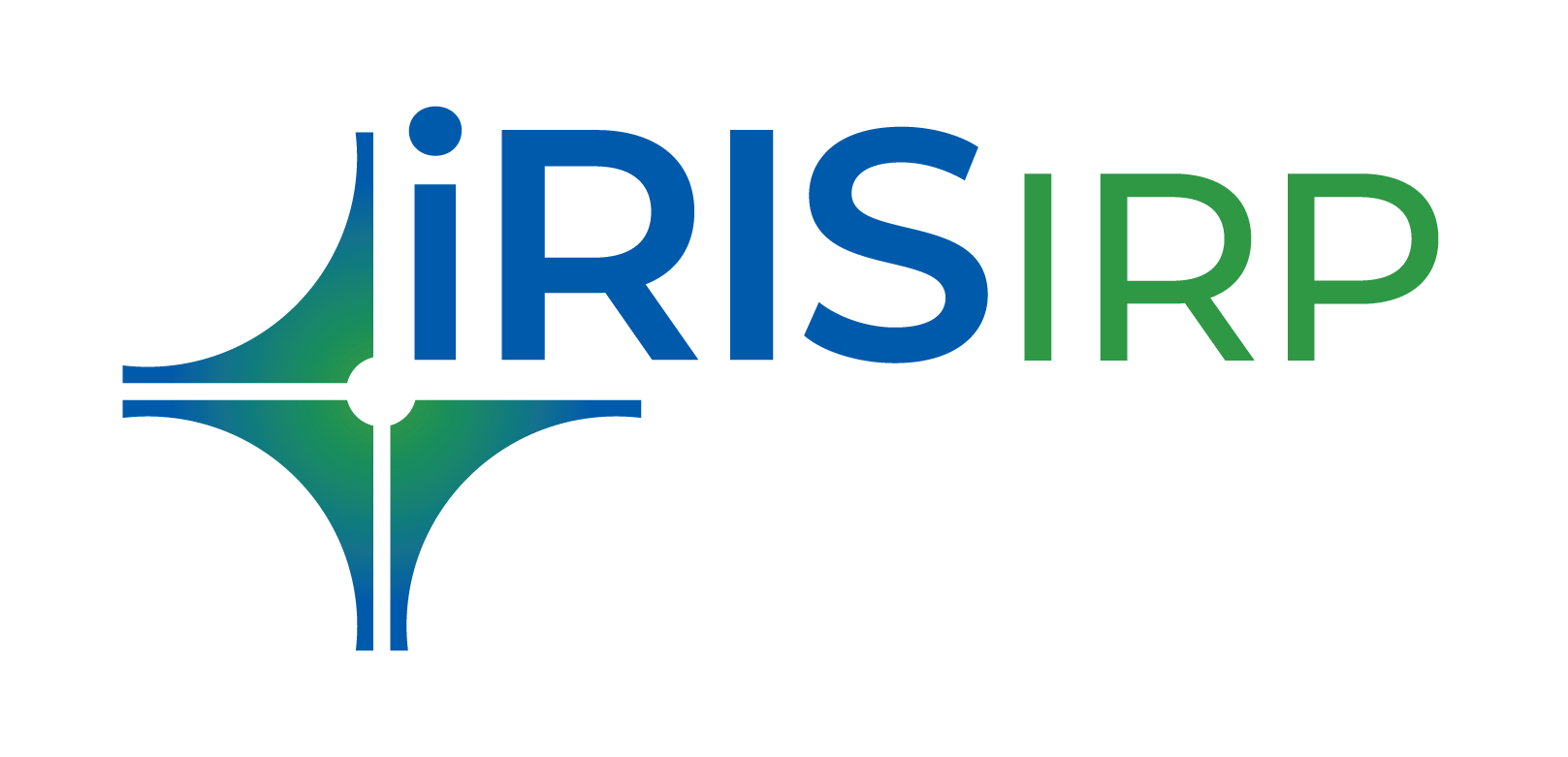What is E-invoicing under GST?

What is E-invoicing under GST
E-invoicing under GST was introduced 2 years back in 2020 to facilitate automation and compliance for businesses. In 2019, the Government of India leveraged the business network to initiate e-invoicing for businesses, governed by the laws of GST.E-invoicing is one of the biggest reforms under GST. It helps in ease of doing business and compliance. It fetched numerous questions about its meaning, practicality and of course, benefits.
What is e-invoicing under GST?
E-invoicing, or electronic invoicing, is a system designed for B2B invoices and several other documents to be electronically authenticated with the GSTN system.
It is how businesses submit an already generated standard invoice to a common portal and get it registered with the government systems to generate a unique identifier – Invoice Registration Number (IRN). In addition to the IRN, the IRP also provides a QR code to each invoice for easy interoperability of physical invoices.
It only requires the invoice details to be put in once and then, the IRP automates multi-purpose reporting by sharing this invoice data with the GSTN to auto-populate the purchaser’s GSTR 2B. E-invoicing under GST is helping the government tackle tax leakage and fraudulent activities by authenticating each business transaction happening across the country.
When was e-invoicing under GST introduced?
It all began in the 35th meeting of the GST Council as they took a decision to implement a system of e-invoicing. Initially, it covered only specific categories of persons, mostly larger corporations. Eventually, it expanded to cover small and medium businesses as well. The mandate was scheduled to go live from April 1, 2020, but it was pushed to October 1, 2020, starting in a phased manner.
How does e-invoicing under GST work?
In the e-invoicing system, an identification number is issued to every invoice. This is done by the Invoice Registration Portal. The identification number is managed by a government-authorised portal and the registered invoice data is simultaneously shared with the supplier as well as the GST portal at the same time. From the GST portal, this info is auto-populated in the buyer’s GSTR 2B.
This real-time information transfer makes manual data-entry redundant when it comes to filing GSTR-1 returns since the information is directly passed to the GST portal by the IRP.
The identification number is called an Invoice Reference Number, or the IRN. To know more about the IRN and generating it through a state-of-the-art IRP, you can read our article on IRN.
Benefits of E-Invoicing | How does e-invoicing help businesses?
In addition to preventing tax fraud, e-invoicing under GST also possesses numerous benefits to businesses. Let us explore some of the advantages.
- Easy Reconciliation: Since the introduction of GST, companies are struggling to match their purchase data with supplier’s returns in GSTR 2A. With the computer readability of e-invoices, businesses need not physically maintain every invoice data. This reduces mismatch errors in data reconciliation under GST.
- Inter-operability: The IRN and QR code and JSON Response make invoice data interoperable. Hence, e-Invoices created on one software can also be accessed by another, thereby reducing data-entry errors.
- Easy Credit: With invoice data available in a consumable format, it opens up credit opportunities for businesses as many lenders have already started building their credit models around GST data. This gives simpler access to credit avenues like bill discounting or financing.
- Automation: Easier GST filing since most details get auto-populated.
- Real-Time: The status of invoices can be tracked in real-time.
Who must generate e-invoices?
The primary factor to decide who must generate the e-invoices depends upon the aggregate annual turnover of the company. The implementation that started in the year 2020 has been introduced in a phased manner.
Recently, the mandate has been brought down to INR 10 Cr. and above.
Read here to know more about e-invoice under GST, applicability and process.
How Can e-Invoicing Prevent Tax Fraud?
E-invoicing under GST has provided a promising outlook to prevent tax leakages and fraudulent activities.
- Transactions will be accessible by the tax authorities since they are carried out in real-time.
- Since every business invoice will be registered on the GST portal, it will reduce the number of fake GST invoices.
- The e-invoice under GST will usually be generated before a transaction and thus, there is less chance of manipulating the invoice.
Challenges in E-Invoicing implementation
E-invoicing will help curb transactions happening on ‘Kachaa bill’ and later under-reporting of turnover. As the under-reporting of sales by small businesses become tougher, it will thereby drive the formalization of the economy. However, there are certain challenges in attaining the full potential of the mandate:
- B2C transactions: Most of the tax frauds happen in B2C transactions as there is no involvement of ITC. Currently introduced for B2B transactions, the real benefit of e-invoicing will be realized once all business transactions are covered under the mandate.
- Infrastructure and Technology: Most micro and small enterprises do not spend much on infrastructure and technology. Hence until formalised, upgrading to e-invoicing will be a challenge to small and medium enterprises.
- Mass Effect: While the concept of e-invoicing itself has multiple benefits, the same is far-fetched until a larger ecosystem of businesses does not move to e-invoicing. Interoperability and exchange are possible if all are using the same language. Until that is achieved, e-invoicing will still be looked at as another compliance cost.
- One more compliance: With micro and small enterprises having smaller teams and fewer resources, e-invoicing adds to the overall compliance burden.
******
Don’t delay anymore
Start your e-invoicing journey with us today!

Up-time

Average throughput time
IRIS IRP is the Govt. authorized Invoice Registration Portal (IRP) for businesses like yours to prepare e-invoices. Schedule a free call with us and start generating IRN promptly

 मराठी
मराठी